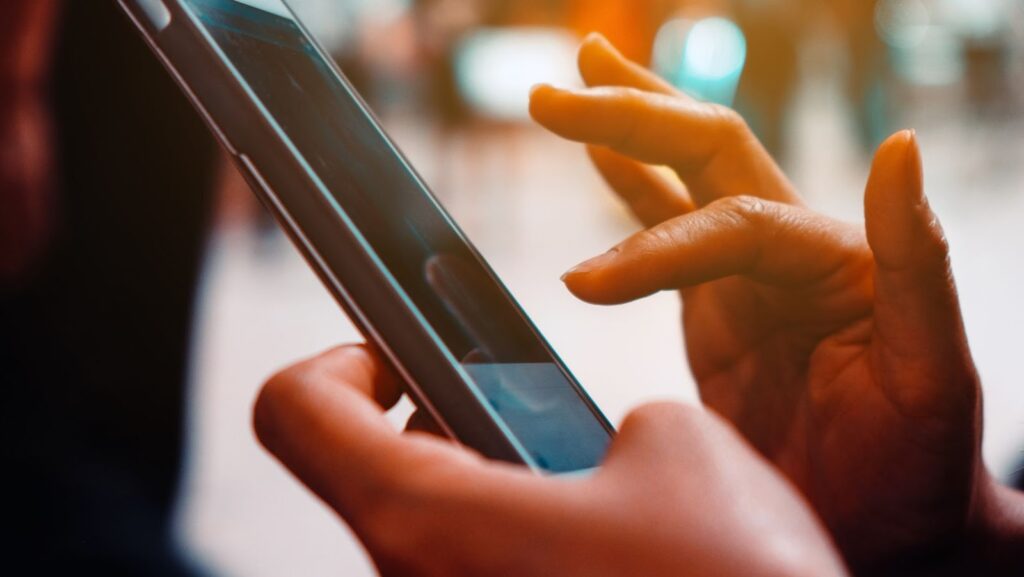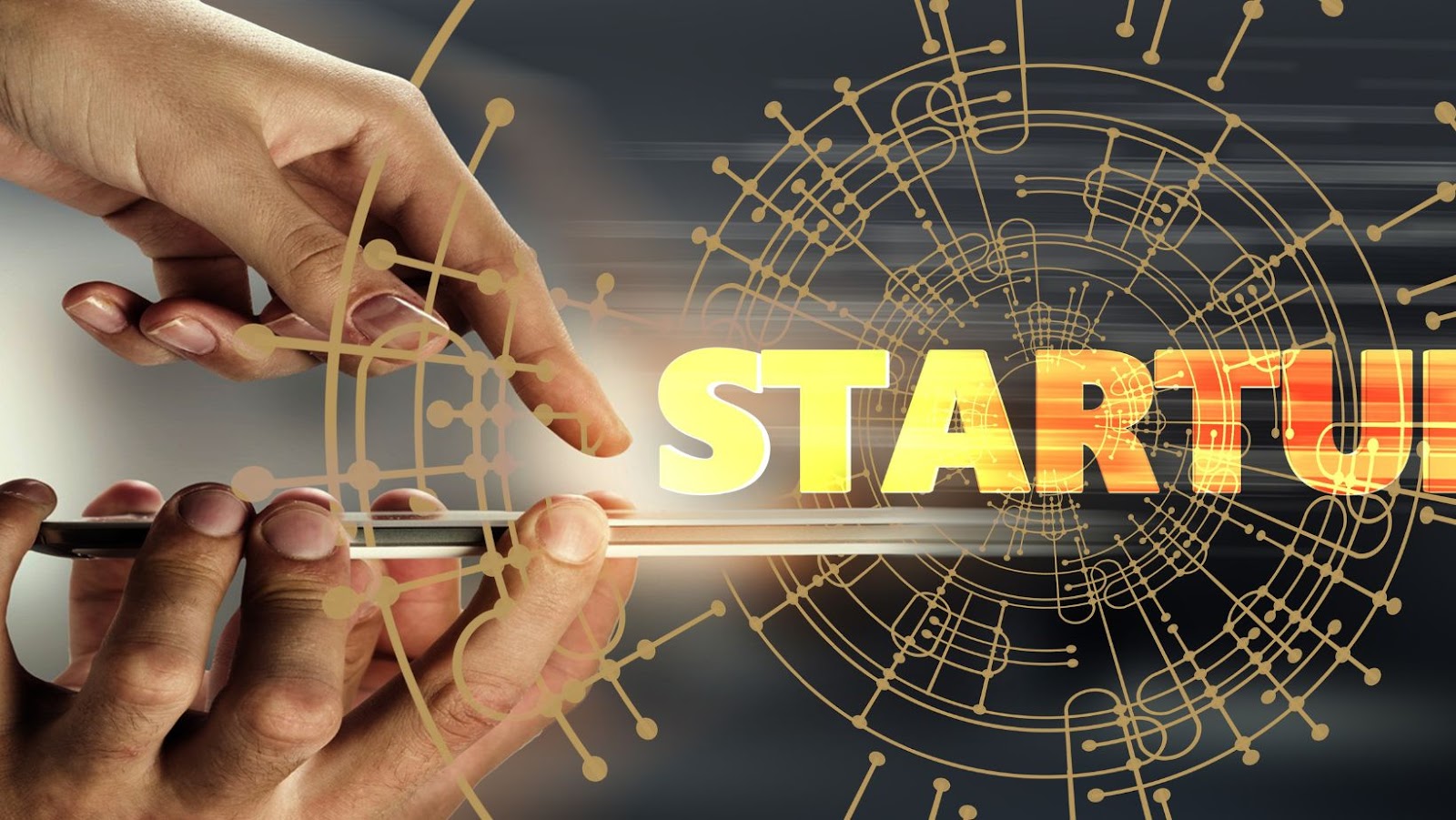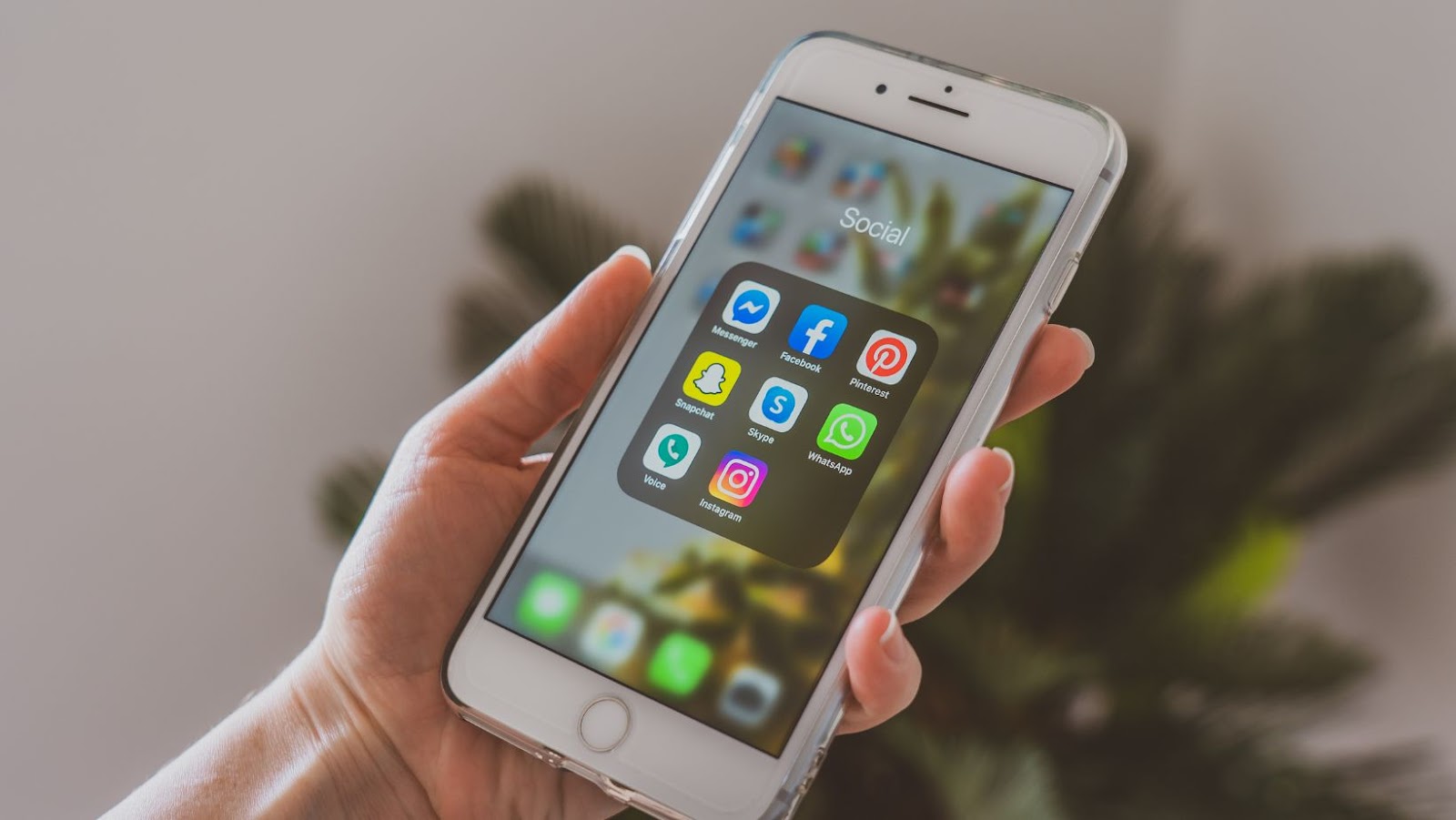
We all know that the little pictures which convey our emotions and reactions came to be known as emojis. But we may not be aware that the woman who will decide which emojis we get to use is a professional emoji maker. This person makes sure that the emojis are relevant and fun to use by taking into account how people interact and communicate with each other, and making sure the emojis reflect that.
In this article, we’ll take a look at who this person is and how they decide which emojis we get to use:
Understanding the Emoji Decision-Making Process
Choosing the right emoji for a given situation is an important part of digital communication, as emojis can often be interpreted differently from person to person. Therefore, being conscious of how and why you are using an emoji is equally as important as which one you choose. Therefore, when deciding which emoji to use, you must consider the context in which it will be used, the cultural connotations associated with certain emojis, and what message your chosen emoji conveys.

To make an informed decision when selecting your emoji for any given situation, there are four main steps to consider:
- Identify Your Intention/Goal – What do you want to convey with this emoji? Think about why you are trying to express a particular emotion or idea with an emoji.
- Choose The Appropriate Emoji – Once your intention has been established, look into the different types of emojis available and select the one that best matches your objective. Remember that some emojis can have different meanings based on culture or interpretation, so do research if necessary!
- Check For Potential Misinterpretation – Once you’ve selected an appropriate emoji double check that it won’t be misconstrued by someone else before sending it out into the world!
- Consider How Others Will Receive Your Emoji – Is this gonna come off as funny? Seriously? Provocative? Outdated? Always consider these considerations when making a final choice so that your intended message isn’t muddled or misinterpreted by others who may not share your understanding of them!
The woman who will decide what emoji we get to use
Deciding which emoji will be available for the world to use is no small task. It requires research, passion, and dedication. Behind the tough decision making process is a woman by the name of Sarah Socha.
For years, Sarah Socha has been the brains behind what is available for us to use as emoji in our communication. Let’s explore Sarah Socha’s journey and learn about deciding which emoji to make available.
Who is the woman who will decide what emoji we get to use?
The woman behind the decision-making process of which emojis are selected for use by millions of people worldwide is one woman – the Unicode Consortium’s Emojiologist, Jennifer 8. Lee.
Based in San Francisco, Jennifer works as a consultant for the Unicode Consortium, which is credited with creating and licensing emoji and new characters for languages like Danish and Latvian. She is also an author whose 2018 book “EmojiNation” detailed her experiences working to build a more inclusive and friendly internet language.
While she was working on her book, she found that there was a lack of representation in the available emojis. Committed to making sure people who had never been represented online can have accurate descriptions online, Jennifer now works with the consortium on a volunteer basis to identify emojis that accurately reflect different facets of everyday life many cultures can relate to, such as same sex relations or families with two mums.

Having been part of numerous panels concerning inclusion within Unicode and Emoji selection since 2016, Jennifer’s mission has succeeded in creating better representation across all genders through pushing for increased female professional roles in emoji form or beefing up existing ones such as military personnel or even astronauts; particularly civil engineers featured at Google’s 2018 Emoji Audit!
What is her role in the emoji decision-making process?
Lindsey Schilling is the woman behind the decision for which emoji to be used on any given platform. As the Unicode Consortium’s Emoji Subcommittee Chair, she is caught between a rock and a hard place in reconciling conflicting interests and opinions across the globe. The goal of her job is to find balance between different user needs or fix existing problems that users have experienced with particular emoji implementations.
Due to an abundance of regional and cultural norms, selecting an emoji can be long, tricky and bustling with politics. It is Schilling’s job to understand and gauge these vast differences to avoid offending anybody or advocating one party over another – all while attempting to represent the vast majority fairly.
Schilling has commented specifically on how the subcommittee evaluates possible new emoji designs: “We look at each proposal very carefully…looking at what it looks like on different platforms, making sure it serves its purpose, obviously making sure it looks consistent across cultures and languages, as well as being aesthetically pleasing.” To select which proposed design gets chosen into unicode, The Emoji Subcommittee follows these steps:
- Research potential meaning for an emoji.
- Ensure that the suggested design works in multiple languages.
- Avoid conflicts of politics.
- Promote accessibility by promoting consistency in look from culture-to-culture.
- Ultimately software vendors are free to adjust their designs but must remain consistent with the theme (for example: yellow skin tone or robot look).
Through partnership with other organisations such as United Nations Human Rights Office and International Disability Alliance, Schilling works tirelessly towards evaluating potential new emojis through her subcommittee’s inclusion lens before approving for potential addition into unicode standards thus inspiring a cultural shift towards greater understanding of diverse perspectives globally through digital communication.
The Emoji Selection Process
The decision on which emoji should be included in a new release is determined by a team of specialists led by Unicode Consortium’s convener, Dr. Shriramana Sharma. As the person in charge, Dr. Sharma and his team use a rigorous review and selection process to decide which emoji should be included in a release.
Here, we will take a look at the selection process in detail and discuss the criteria used to determine which emoji will be included in a release:
What is the process for selecting new emoji?
The Unicode Consortium, a non-profit organisation based in Mountain View, California, selects new emoji. The process begins with proposals from vendors such as Apple or Google which are reviewed by the consortium. Next, the consortium considers various factors including frequency of use, current trends, compatibility with existing systems, and overall relevance to select new emoji for inclusion.
Once the consortium approves proposed emoji they are made available to vendors who then make them available on their platforms.
The Unicode Consortium reviews new emoji proposals twice a year and typically releases major updates in April and October. It encourages individuals and organisations to submit proposals via the emoji submission form on the official website. Each submission must include detailed annotations regarding usage context, frequency of use, implementation details such as colours and constellations, and other information that can help reviewers understand why an individual or organisation thinks their proposal should be considered for inclusion into Unicode’s existing libraries of emojis. Initial review can take up to six months after which time proposals may be accepted entirely as is or rejected completely or asked to be revised with changes before resubmission.
How does the selection process work?
The Unicode Consortium selects, maintains, and introduces new emoji characters. The selection process is both intricate and collaborative. It involves several different people and organisations involved in the digital communications industry, though the ultimate decision on emoji design lies with the consortium and its members.
The selection process begins with a proposal from an individual or organisation. This proposal includes proposed designs for a new emoji character, information about the character’s use cases, and technical specifications such as size, shape, colour, animation and complexity.
Once the Unicode Consortium accepts a proposal, it is passed on to working groups who have input into its development. Working groups such as the Emoji Sub-Committee provide feedback on proposed designs to ensure proper implementation of standardised guidelines and language requirements for multi-lingual compatibility across platforms.
Finally, any changes made to an emoji design before its publication must be approved by most members at a plenary meeting of the Unicode Consortium. After this final threshold has been met and approved designs are published in Unicode’s code charts, official incorporation into digital devices allows users worldwide to access them through their keyboards or emojis library.
The Impact of Emoji
The use of emoji has become an integral part of communication in the digital age, and the woman who decides which emoji we use can profoundly impact how people communicate and express themselves. There are various factors to consider when deciding which emoji to include on devices and apps, from cultural relevance to design considerations.
Let’s take a closer look at the impact of emoji and the role this woman plays in choosing which ones make it onto our screens.
How do emoji impact culture?
Emoji are gradually becoming a powerful component of today’s culture. With more than five billion daily users worldwide, emoji have become a go-to way of expressing our thoughts, feelings and emotions in modern digital communication. Recent data published by research organisation Emogi suggests that more than 80% of surveyed online content contains at least one emoji.
The growing prevalence of emojis has sparked an important conversation about their impact on our everyday lives—especially regarding how we interact with each other, both online and in person. Here are some of how emoji seem to be influencing the cultural landscape:
- An entertaining form of expression – The most obvious impact is their use as an entertaining form of communication and self-expression—especially when it comes to lightening up conversations or conveying emotions without using words. In addition, recent evidence suggests that people who use fewer words express themselves better with the help of emojis than those who don’t use them at all.
- Facilitating multicultural interactions – Emoji can also help bridge language and cultural divides, creating a space for people from different backgrounds to communicate with each other effectively despite obvious language barriers. This is especially important amidst an increasingly globalised world where cultural diversity is growing rapidly.
- Boosting creativity – In addition to enabling new forms of digital expression, emojis can also be used as creative tools to create artistic visual stories or even produce music videos! Increasingly popular Instagram accounts such as “The Emoji Movie” have demonstrated how powerful emoji can be when used creatively and imaginatively.

Overall, while more research still needs to be done on the actual impacts that emojis may have on our everyday interactions, there is no doubt that these small yet influential pictograms are undeniably impacting today’s culture.
What are the implications of emoji on language?
Since their creation in the late 1990s, emojis have been gaining favour in online communication. It’s estimated that around six billion emoji are sent every day. As they become more ubiquitous, it is important to consider their impact on language and communication.
The use of emoji can be looked at from a few different perspectives. On one hand, many argue that too much reliance on emoji can undermine language skills by taking the place of words and sentences. On the other hand, others have argued that the opposite is true and that usage of this casual visual form of expression has allowed people to communicate with greater nuance than before as they allow for a more creative long-term form of communication; this view emphasises new opportunities for conversations which may not always be comfortable or explicit through words alone.
Emoji can also capitalise upon potential ambiguities within language and help to offer clarity when sending messages between speakers with non-overlapping dialects or native languages, thus making conversation more accessible across cultures. Additionally, within multilingual conversational exchanges, emojis can provide cross-language understanding, which would have otherwise been difficult due to differing norms in cultural usage or misunderstanding associated with language barriers. In some cases they even act as visual extensions of existing culture-specific colloquialisms and idioms which may be difficult to translate into another language without losing its original meaning made up solely through images and contextual interpretation by the receivers without verbal cues from the sender. Overall, an increased use of emoji has expanded our ability for intercultural exchange through both traditional textual conversations as well as ones supplemented by images.
tags = emoji subcommittee of unicode consortium, little images to augment your words, qa unicode consortium jennifer subcommitteebasu technologyreview, qa consortium jennifer emoji subcommitteebasu technologyreview, consortium jennifer daniel subcommitteebasu mit technologyreview, qa consortium daniel subcommitteebasu mit technologyreview, qa unicode consortium daniel subcommitteebasu technologyreview, qa unicode consortium subcommitteebasu mit technologyreview, qa consortium daniel emoji subcommitteebasu technologyreview, qa unicode consortium daniel mit technologyreview, qa unicode consortium jennifer emoji technologyreview, qa unicode consortium daniel emoji technologyreview, emoji readable and accessible to everyone, standardizing emoji












